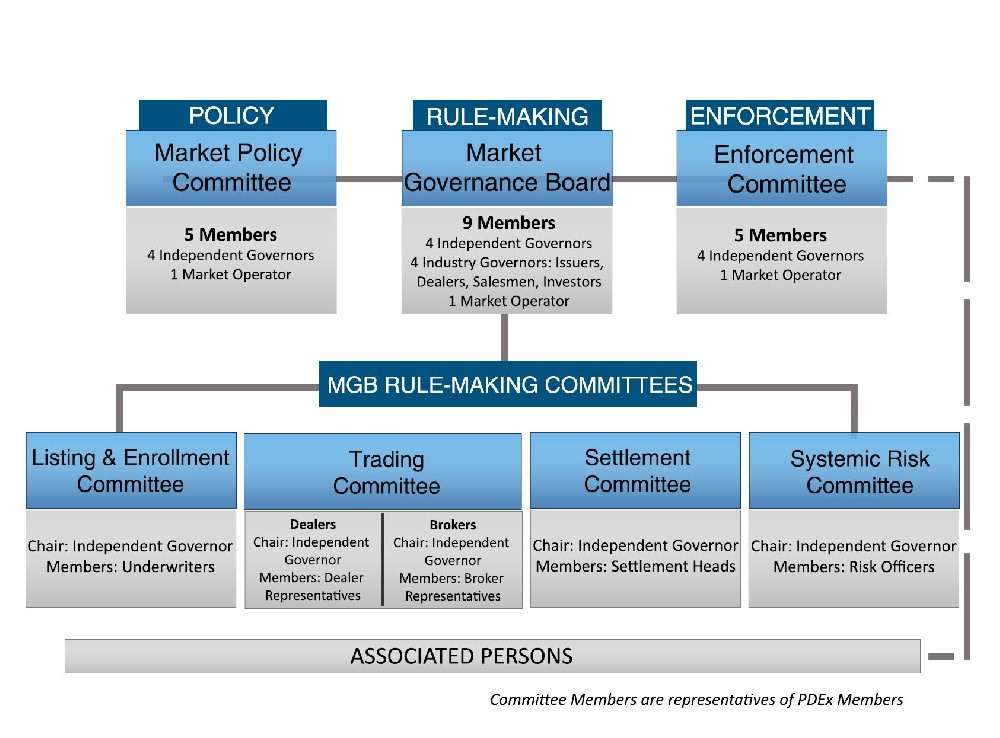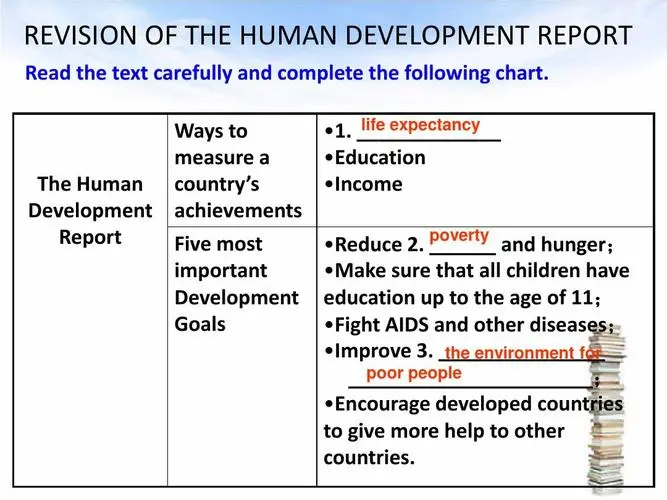An exchange rate regime is the way a country manages its currency in relation to other currencies and the foreign exchange market. There are different types of exchange rate regimes, ranging from fixed to flexible, depending on the degree of intervention by the central bank or the government in the currency market. A fixed exchange rate regime is when a country’s currency is pegged to another currency or a basket of currencies, such as the US dollar or the euro. A flexible exchange rate regime is when a country’s currency is determined by the market forces of supply and demand, such as the Japanese yen or the British pound. There are also intermediate exchange rate regimes, such as crawling pegs, managed floats, or target zones, which allow some degree of flexibility within a certain range or band.
The choice of exchange rate regime can have a significant impact on international trade and corresponding strategies. Exchange rates affect the relative prices of goods and services across countries, which in turn affect the competitiveness, profitability, and demand of exporters and importers. Exchange rates also influence the balance of payments, the inflation rate, the interest rate, and the economic growth of a country. Therefore, choosing an appropriate exchange rate regime is an important policy decision for a country that engages in international trade.
The impact of exchange rate regime on international trade can be positive or negative, depending on the type of regime, the direction and magnitude of exchange rate changes, and the characteristics of the country and its trading partners. For example, a fixed exchange rate regime can provide stability and predictability for international trade, as it reduces the uncertainty and risk of exchange rate fluctuations. However, a fixed exchange rate regime can also make it difficult for a country to adjust to external shocks or changes in the global economy, as it limits the use of monetary policy and requires the maintenance of adequate foreign exchange reserves. A flexible exchange rate regime can provide more flexibility and autonomy for a country to respond to external shocks or changes in the global economy, as it allows the use of monetary policy and does not require the intervention in the currency market. However, a flexible exchange rate regime can also introduce more volatility and unpredictability for international trade, as it increases the uncertainty and risk of exchange rate fluctuations.
The corresponding strategies for international trade under different exchange rate regimes can vary depending on the objectives and constraints of the country and its trading partners. Some possible strategies are:
Hedging: This is a strategy to reduce or eliminate the exposure to exchange rate risk by using financial instruments, such as forward contracts, futures contracts, options, or swaps, to lock in a predetermined exchange rate for a future transaction. Hedging can help protect the value and profitability of international trade from adverse exchange rate movements, but it can also entail additional costs and risks.
Diversification: This is a strategy to reduce the dependence on a single or a few markets or currencies by expanding the range of products, markets, or currencies involved in international trade. Diversification can help reduce the vulnerability and increase the resilience of international trade to exchange rate fluctuations, but it can also involve additional challenges and complexities.
Adjustment: This is a strategy to adapt to the changes in exchange rates by modifying the prices,







